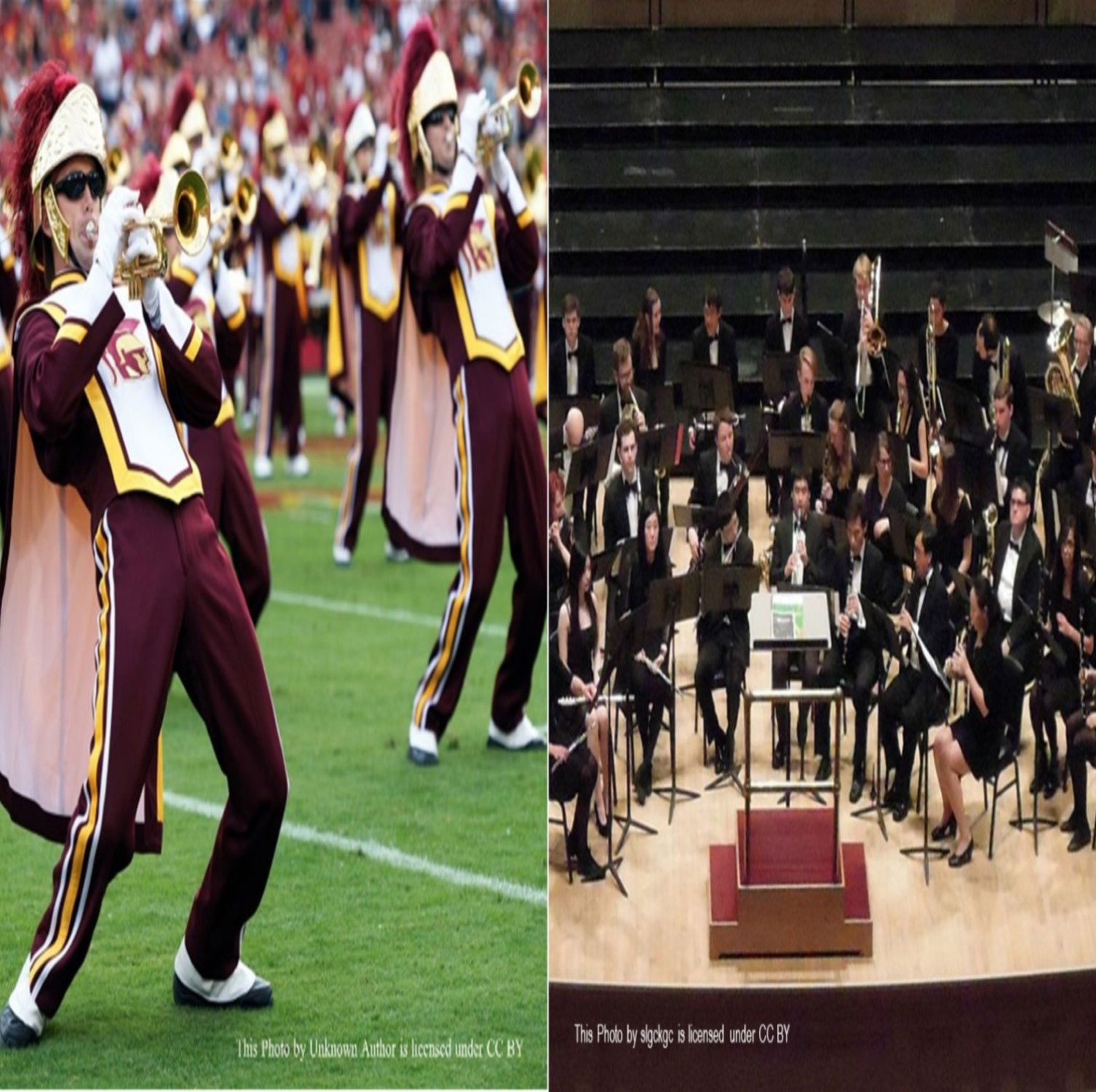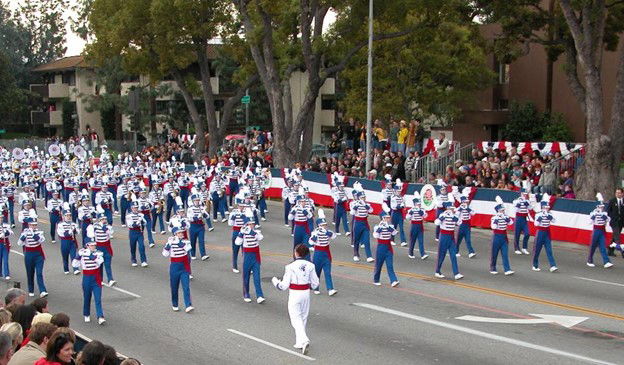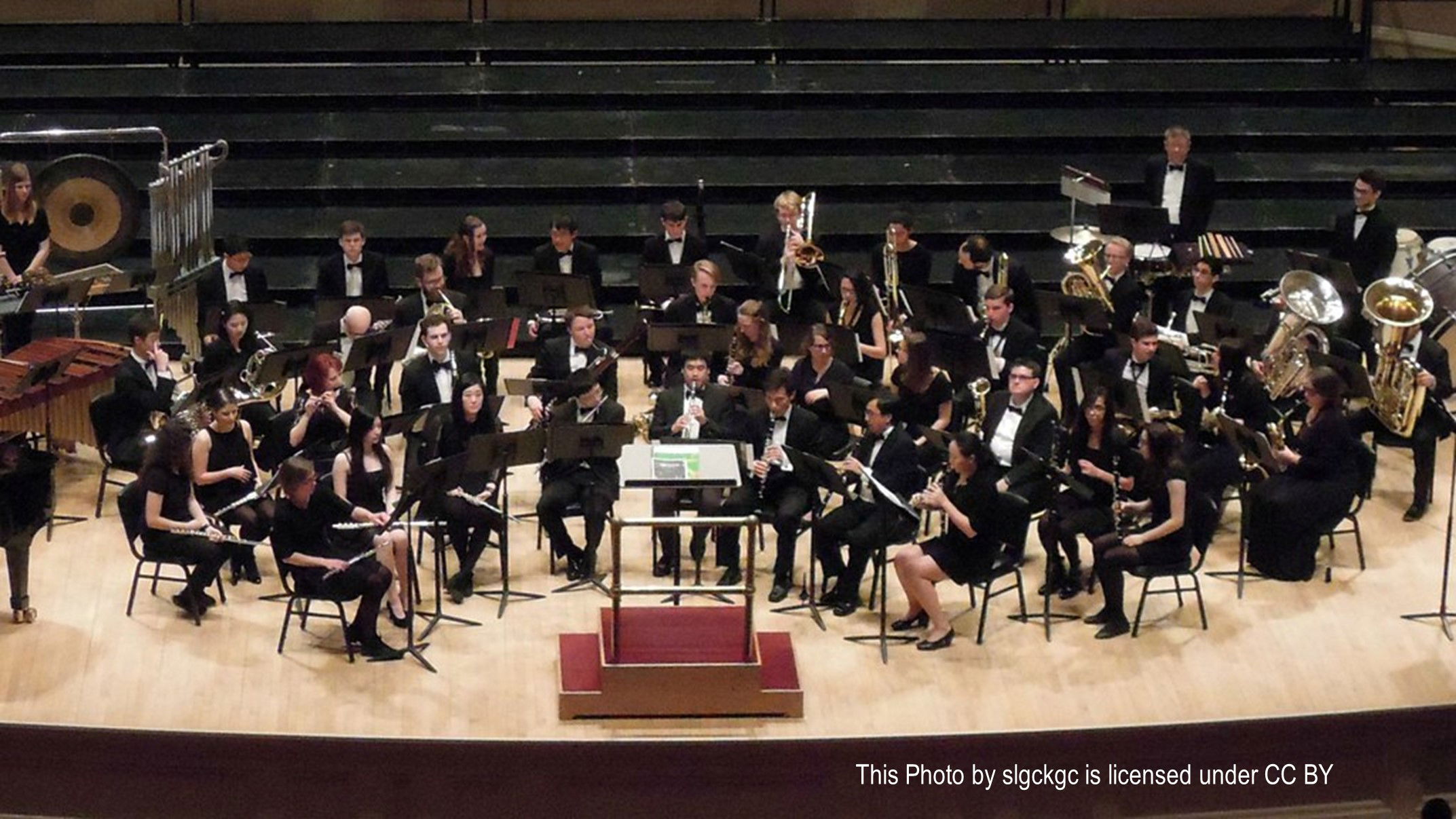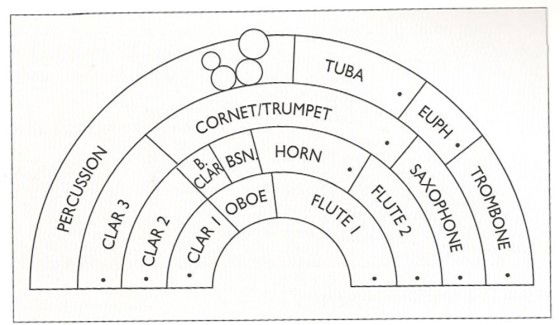The Unique Physical Demands of Marching Band vs. Concert Band

Introduction
In the world of band, there exist two distinct yet equally captivating entities: the marching band and the concert band. While both share the same fundamental goal of creating beautiful music, they do so in vastly different settings that require unique physical demands from their members. In this article, we will explore the contrasting physical requirements of a marching band and a concert band, shedding light on the athleticism and endurance necessary for one and the precision and discipline required for the other.
Marching Band: A Synchronized Dance of Sound and Motion

Marching bands are the dynamic heartbeats of parades, football games, and other public events. They combine musical artistry with synchronized movement, creating a visual and auditory spectacle that can captivate audiences. To achieve this, members of a marching band face unique physical challenges:
1. Endurance and Cardiovascular Fitness: Marching band members must maintain a steady pace and play their instruments while marching for extended periods. This requires a high level of cardiovascular endurance, as they often traverse long distances during performances. There may also be dance moves of some sort that require coordination and strength.
2. Coordination and Precision: The intricate choreography of a marching band performance demands precise coordination. Musicians must march in time with their fellow bandmates, execute complex formations, and play their instruments accurately—all while making it look effortless. Another unique skill that wind musicians need for marching band is the ability to move their legs while keeping the torso and arms relatively motionless, somewhat like Irish folk dancing. This is because the mouthpiece cannot be jarred in the mouth. It not only makes playing more difficult; it can also lead to injury.
3. Posture and Core Strength: Maintaining good posture is essential for both sound production and visual appeal. Members need strong core muscles to stand upright while carrying instruments and moving in unison with the band.
4. Instrument Handling: Some instruments used in marching bands, like sousaphones and bass drums, are significantly heavier than their concert counterparts. This requires band members to develop strength and endurance specific to handling these instruments.
5. Temperature and Weather: Marching bands often perform outdoors, which means they must contend with various weather conditions. Whether it's sweltering heat or chilly rain, the physical demands of playing and marching remain consistent.
Here’s how marching band members can deal better with the cold weather:
* Many marching bands, especially in colder climates, will include gloves as part of the uniform. They’re usually white and add a dash of class as well as keeping the band members’ hands warm
* There are also nylon mouthpieces available for brass players because a moist metal mouthpiece can freeze to the player’s lips!

* Woodwind players don’t have the threat of stuck lips, so there isn’t any special mouthpiece gear for them. Even a metal flute won’t stick because the mouthpiece is in direct contact with the lips, unlike a brass instrument.
Dealing with the heat presents its own set of challenges. Here are some suggestions for dealing with a hot day of marching:
* The most important thing for marching band musicians in hot weather is to care for themselves! Stay hydrated. Wear loose fitting, light colored clothes, sunscreen and even sunglasses (they may even be part of the uniform).
* The instruments may get warm when exposed to the sun for too long. Players should try to keep the mouthpiece, if not the whole instrument, shaded whenever possible. A brass player’s lips can blister from a mouthpiece that’s too hot.
The last thing to remember about playing in temperature extremes is that the sound of the band won’t be as good as usual because instruments will swell in the heat and shrink in the cold.
Concert Band: A Symphony of Precision and Control

Concert bands, on the other hand, deliver musical excellence in a stationary setting. They perform in concert halls, theaters, and auditoriums, and while their physical demands may appear less strenuous than marching bands, they present unique challenges of their own:
1. Precision and Control: Concert band musicians are tasked with delivering a precise and controlled performance. The focus here is on creating a perfect blend of tones and executing intricate musical compositions flawlessly. In this situation, the considerations for mouthpieces is the opposite from marching band considerations. For brass players, a small change in the depth, width or bore of a mouthpiece can make a huge difference. For woodwind players, the thickness of a reed, the width of the reed or mouthpiece, and the state of the pads can make a significant difference as well.
2. Breath Control: Wind and brass instrumentalists in a concert band require exceptional breath control to produce sustained notes and dynamic changes in their music. This control contributes to the band's overall sound quality.
3. Seating Arrangement: Musicians are seated in a specific arrangement, with various sections sitting together. This requires excellent spatial awareness, as musicians must be in tune with their fellow section members to ensure harmony and synchronization. It also requires a different set of listening skills. On a football field or in a street parade, the sound of the instruments in a marching band tend to dissipate, making it easier for the player to decide who to listen to. In a concert band, the may be instruments playing directly into other musicians’ ears, making it hard to hear some other instrument that they might need to pay attention to.

4. Long Periods of Stillness: Unlike marching bands, concert band members are stationary during performances. While this may seem less physically demanding, maintaining focus and concentration for extended periods can be mentally taxing. Here, also, a very elementary skill comes into play; musicians must know how to count.
5. Instrument Maintenance: Concert instruments, whether they are woodwinds, string instruments, brass or percussion each demand meticulous maintenance and tuning. Musicians must be skilled in the care and upkeep of their instruments to ensure optimal performance.
The Intersection of Physical and Musical Training
Despite the differing physical demands, both marching and concert band members share a common foundation: musical training. Musicians in both settings devote countless hours to practicing their instruments, refining their techniques, and mastering the art of music. This dedication to their craft prepares them for the unique physical requirements of their respective ensembles.
Conclusion
Marching bands and concert bands offer distinct experiences for both performers and audiences. Marching bands demand endurance, coordination, and physical strength to create a synchronized spectacle on the move, while concert bands prioritize precision, control, and musical excellence in a stationary setting. Regardless of the path they choose, musicians in both types of bands demonstrate their commitment to their art by meeting the physical challenges head-on and delivering the gift of music to the world, each in their own remarkable way.
Salt Cellar Creations understands the beauty and power that bands can offer. And although we don’t have any marching band music, yet, we do have a growing library of original works and arrangements. Explore the offerings HERE.
SCC can also compose an original piece for you or do a custom arrangement for you. There are two ways that this can be done; one is much more affordable than the other. And SCC is always looking for ideas of pieces to arrange or suggestions for original pieces.
We have sold music not only in the US but in Canada, the United Kingdom, France, Australia, and New Zealand. Please CONTACT US to let us know what we can do for you!